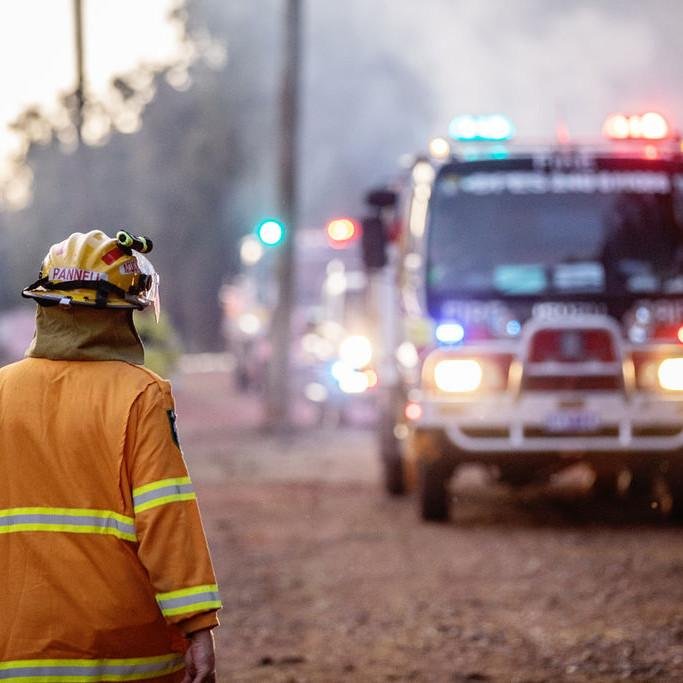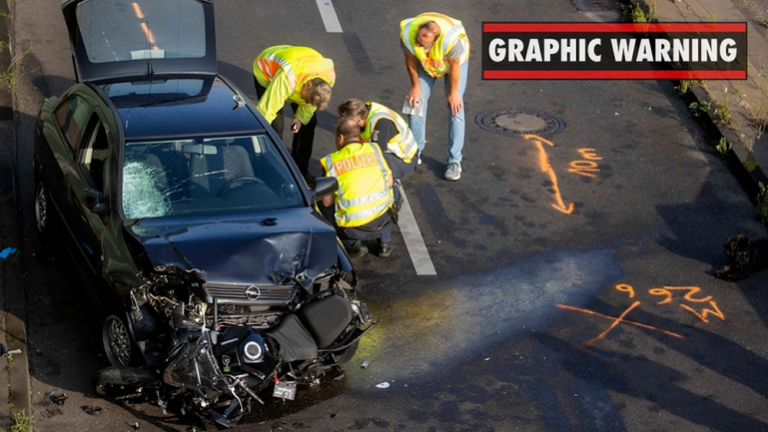A groundbreaking report has warned that without swift and substantial reductions in nitrous oxide emissions, the Paris climate agreement’s target to limit global warming to 1.5 degrees Celsius will become unachievable.
The Global Nitrous Oxide Assessment, published by the Climate and Clean Air Coalition, underscores the urgency of addressing nitrous oxide (N2O), the third most prevalent greenhouse gas and the most destructive to the ozone layer. Nitrous oxide emissions have surged by 40% since 1980, primarily due to agricultural fertilizers and manure, and are projected to rise another 30% by 2050.
The report follows the model of the influential 2021 Global Methane Assessment, which led to over 150 nations committing to reduce methane emissions under the Global Methane Pledge. The new assessment highlights that cutting nitrous oxide could prevent up to 235 billion metric tons of carbon dioxide-equivalent emissions by 2100, marking a significant impact on climate change mitigation efforts.
Reducing nitrous oxide emissions is not only essential but also economically feasible. A U.S. State Department official noted that targeting emissions from fertilizer production and industrial materials like nylon could cost as little as $10 per metric ton, utilizing the voluntary carbon offset market. This affordability strengthens the call for ambitious action, which the report states would benefit not only the climate but also ozone health and human well-being.
The assessment also reveals ongoing diplomatic efforts between major emitters, the U.S. and China, aiming to tackle this potent greenhouse gas. Cooperation between these key players is seen as a critical step toward curbing the global rise in nitrous oxide emissions. With coordinated global action, experts believe it’s possible to align closer to climate and environmental health targets—but only if swift action is taken.











+ There are no comments
Add yours